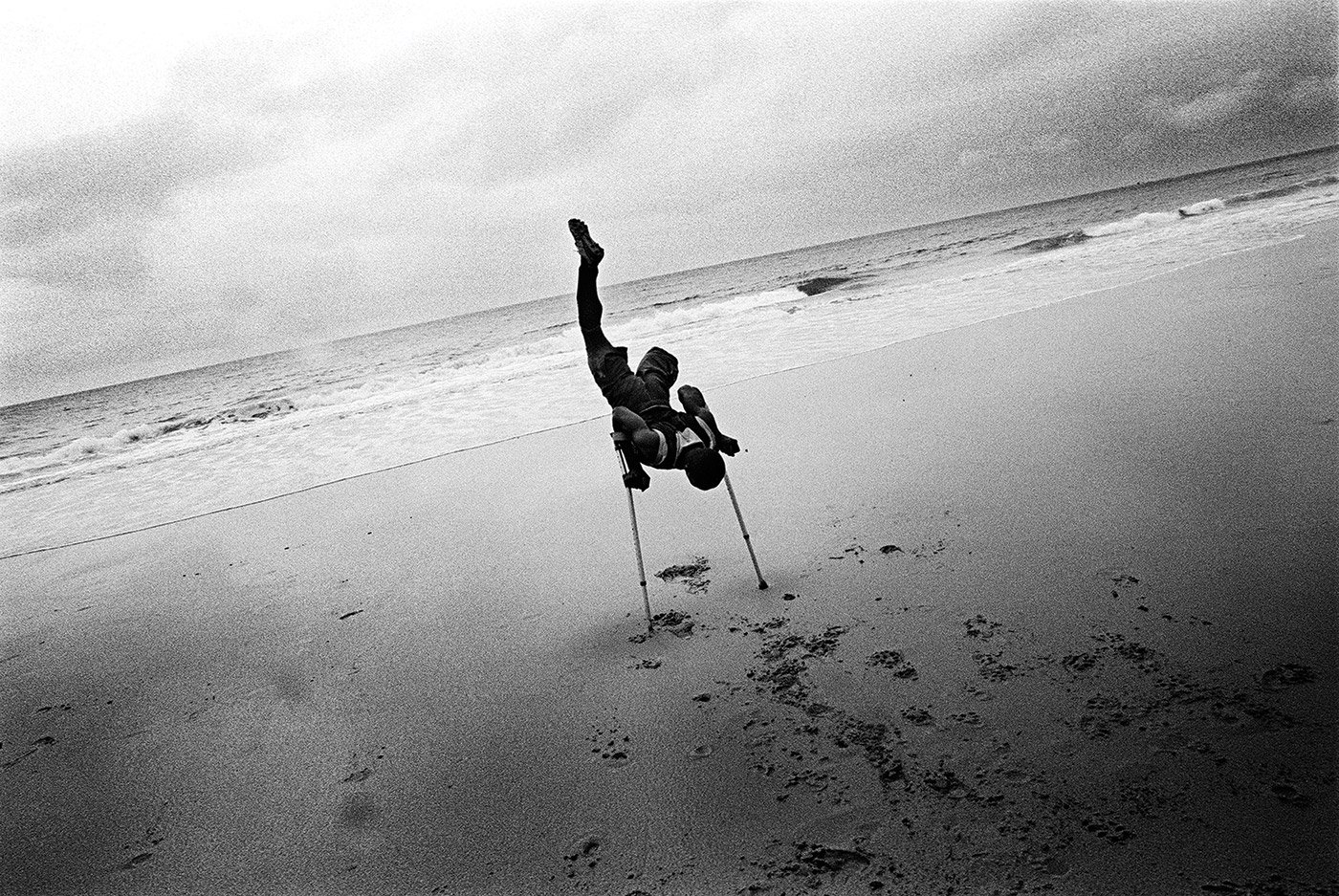
Faith in Chaos
Photography by Pep Bonet, 2008
“Faith in Chaos” Lesson Plan
Resources for this lesson:
Pep Bonet and Sara Terry are the two artists who have contributed their photographs to this section. Their images illuminate both the toll that the eleven-year civil war took on the civilian population and the human capacity for resiliency and courage.
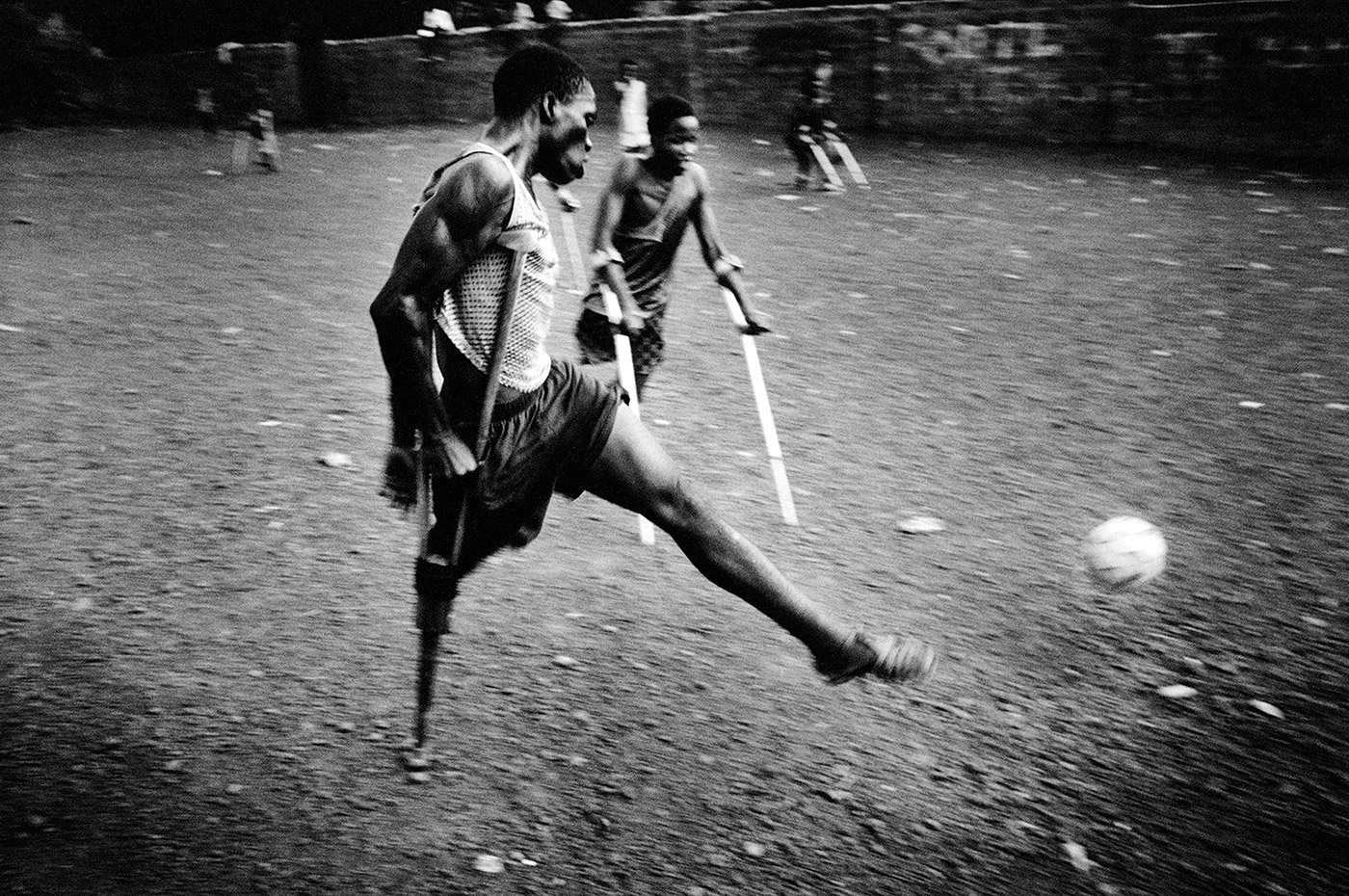
Murray’s Dream Team is a football team entirely made up of players with one leg. This soccer team was established in February 2001 and is made up of 22 players, all residents of Murray Town Camp for Amputees in Freetown. Most of the players were amputated by roaming rebels with machetes and handsaws.
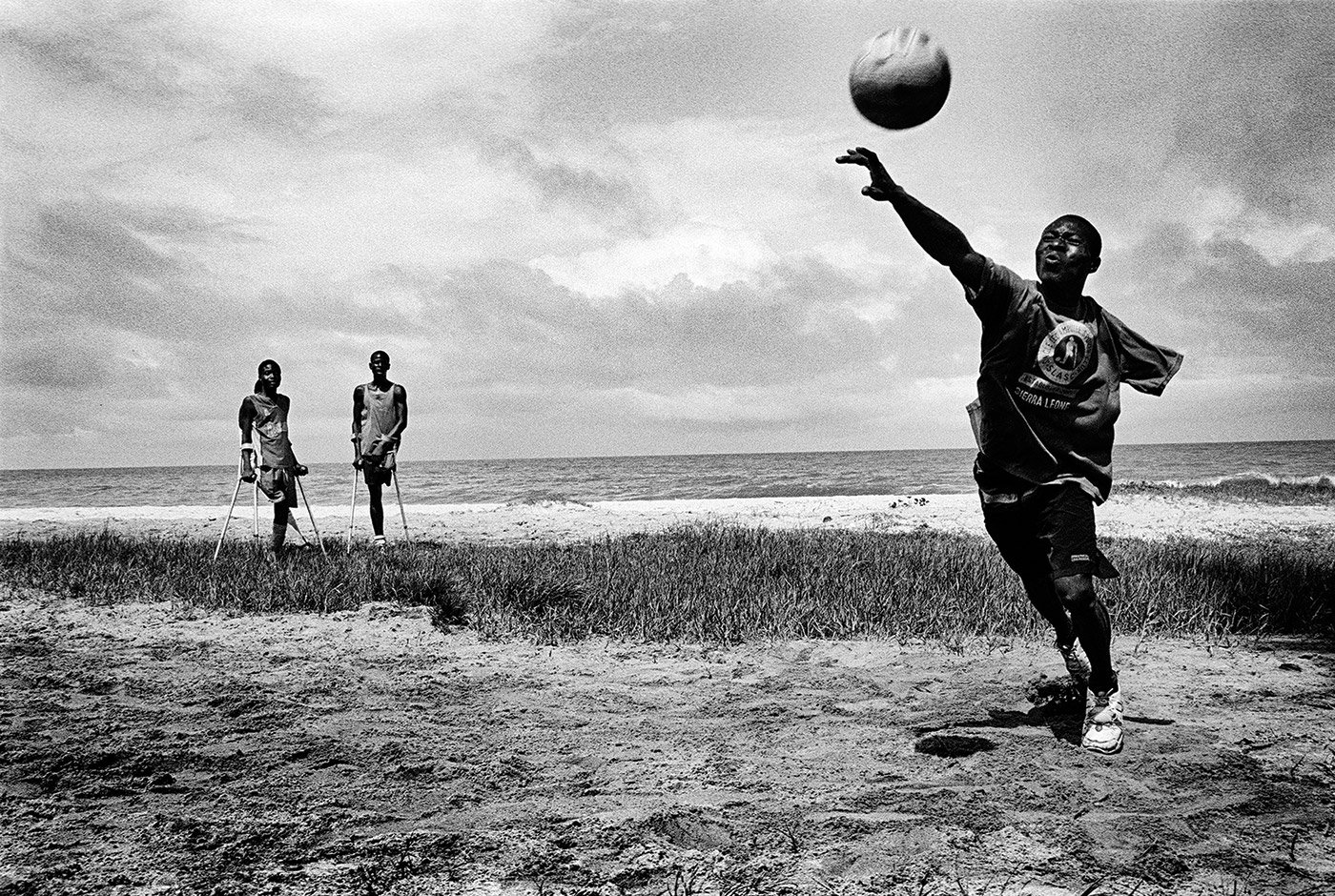
Football players from Murray’s Dream Team training on the beach. What does the central figure’s body language communicate? The players on the team are all victims of forced amputations. Do they look like victims?
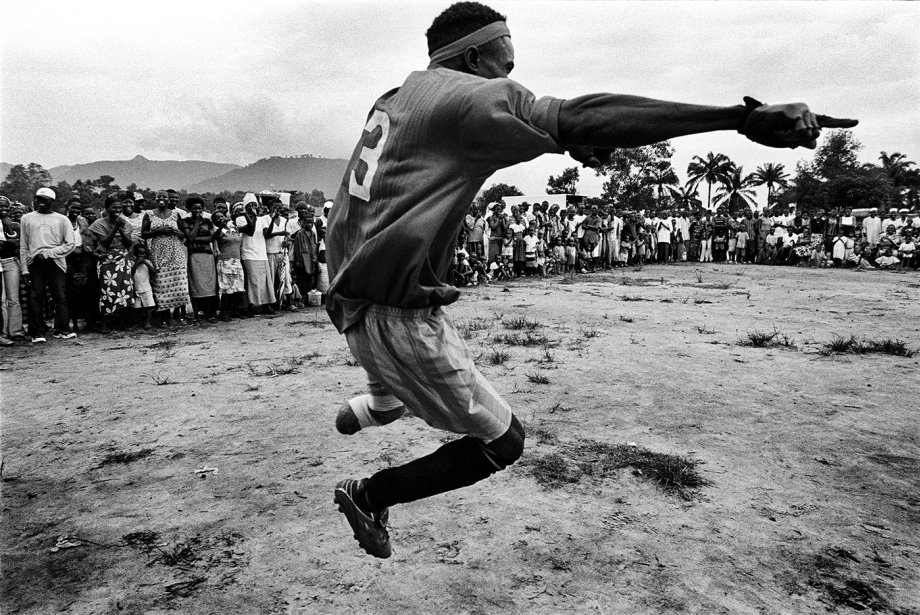
A football player from Murray's Dream Team is seen here celebrating a goal scored during a match being held to mark the team's commemoration day.
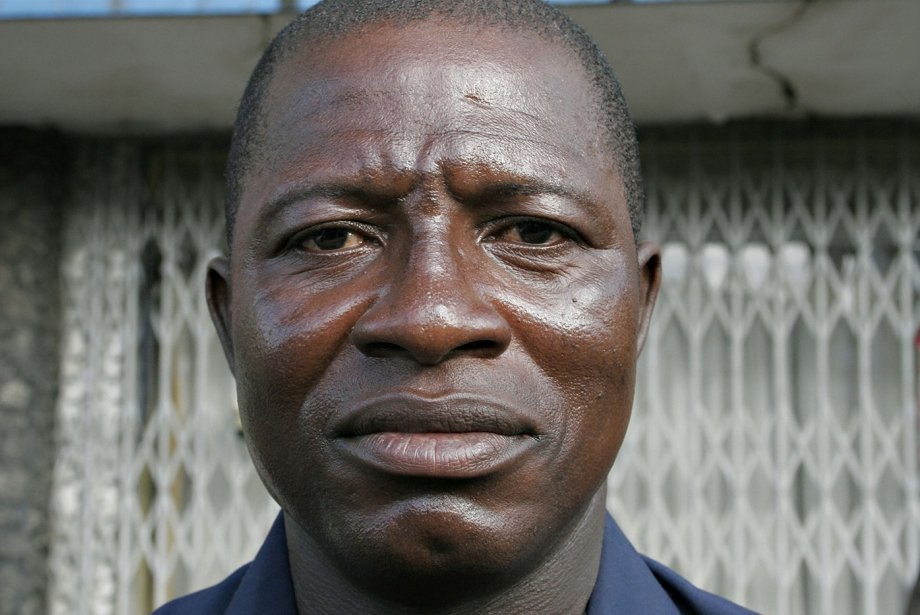
Tamba Ngaujah was the first amputee of the war in Sierra Leone, which featured brutal amputations of civilians by all three fighting forces. Rebels from the Revolutionary United Front (RUF) captured him 11/21/1992 and cut off both of his hands. He has chosen to forgive the perpetrators because he believes that taking revenge would lead to generational conflict.
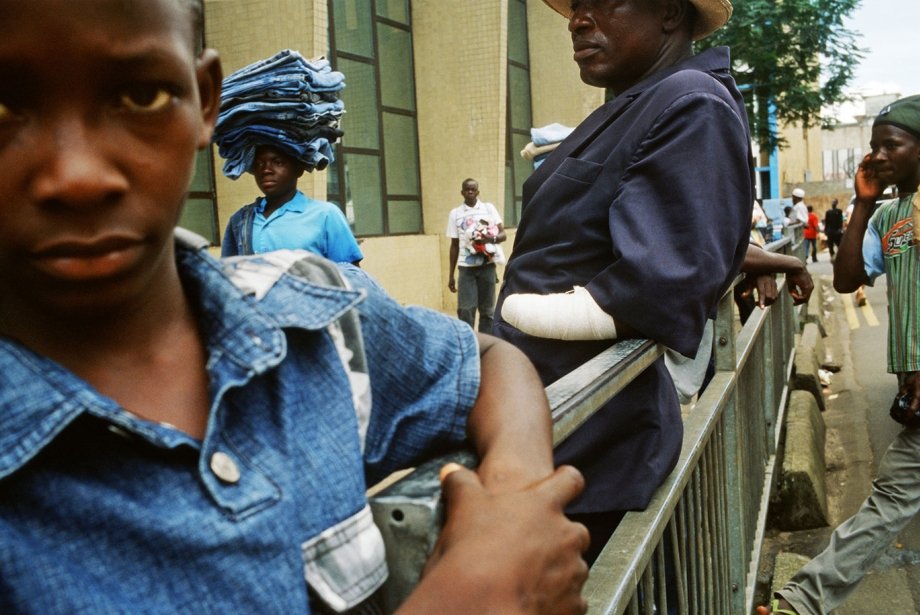
Six days a week, eight hours a day, Ngaujah goes to “work”—standing on the streets of downtown Freetown. He does not beg. He waits, hoping that those who recognize him will slip a few thousand Leones (50 cents) into his pocket. Sierra Leone is one of the poorest countries in the world.
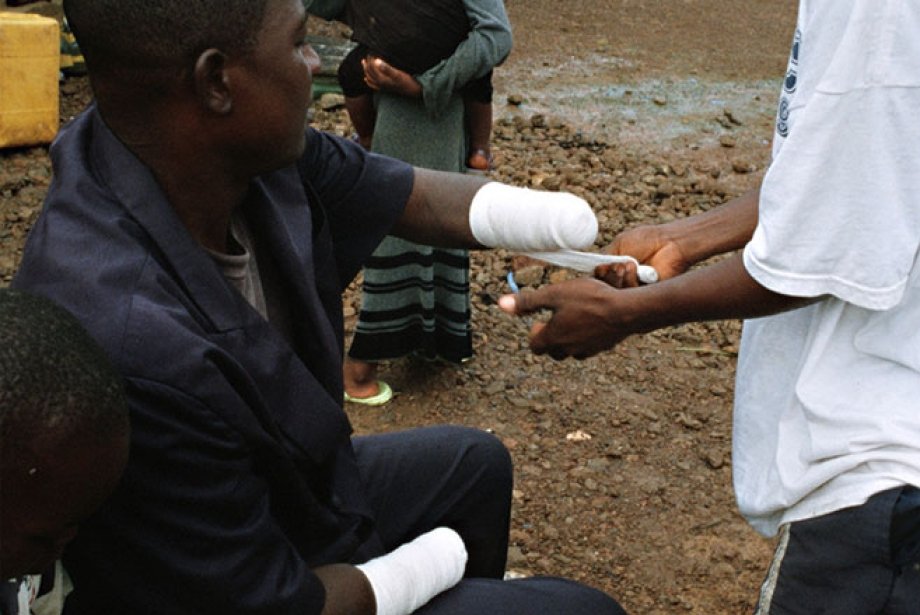
One of Ngaujah’s sons wraps his father’s arms with the white bandages that he wears when he goes out in public. His wife makes sure that his navy blue suit is always clean and carefully pressed.
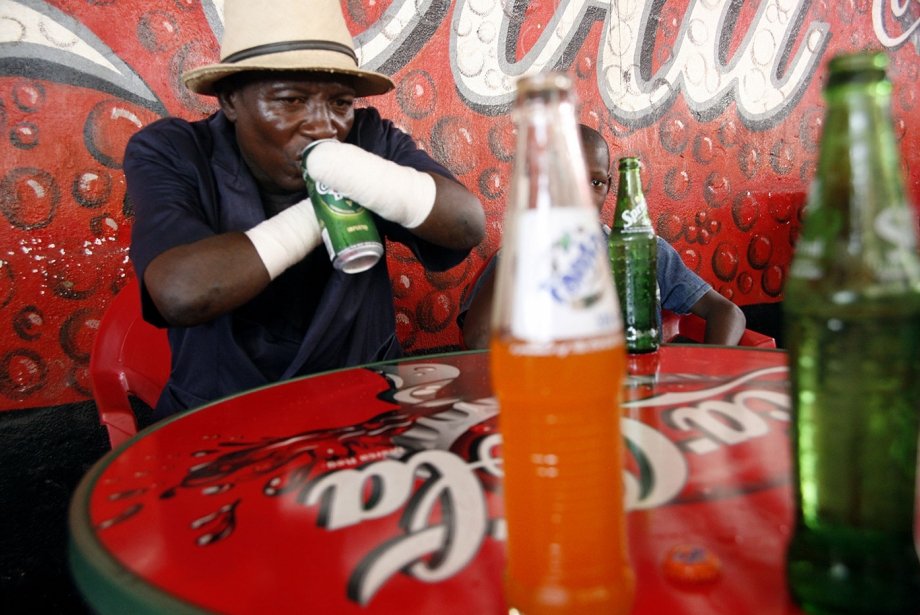
Ngaujah takes a break at a local restaurant, where he often rests during the day to escape from the heat on the streets. Usually he does not eat or drink during the day, saving the money he receives for his family. The only reason he is having a drink on this day is because a visitor bought it for him.
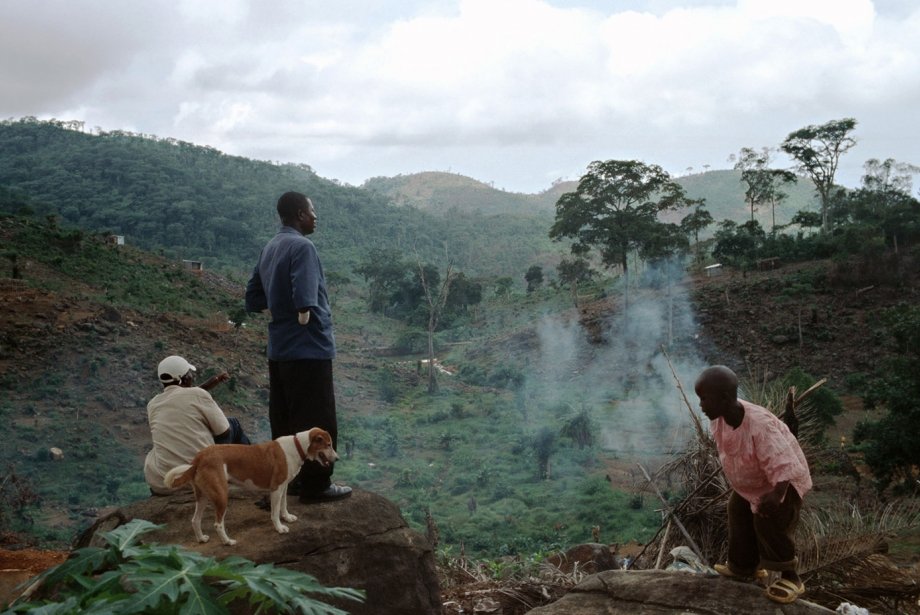
Ngaujah stands on the hillside above Freetown, where he has been able to build a house on a small piece of land given to him by the government. He does not plan to return to the district where he was born and grew up (and where he was captured by rebels), because he believes that there are better opportunities for him and his family in Freetown, the nation’s capital. “What has been done, has been done,” he says. “Nothing will bring back my hands . . . When I was amputated, during the three days after that [when] I was wandering in the bush, I was asking God to take my life. But God has a plan. At this time in my life, I think God has a plan.”
Related Resources
Fambul Tok by Libby Hoffman and Sara Terry
A Long Way Gone by Ishmael Beah
In the Land of Magic Soldiers by Daniel Bergner
Fambul Tok by Sara Terry
War Don Don by Rebecca Cohen
Paths to Forgiveness by Abraham McLaughlin
An African's Plea: No More "Saviors" by Uzodinma Iweala
Visit Sara Terry's website for more information on her photography